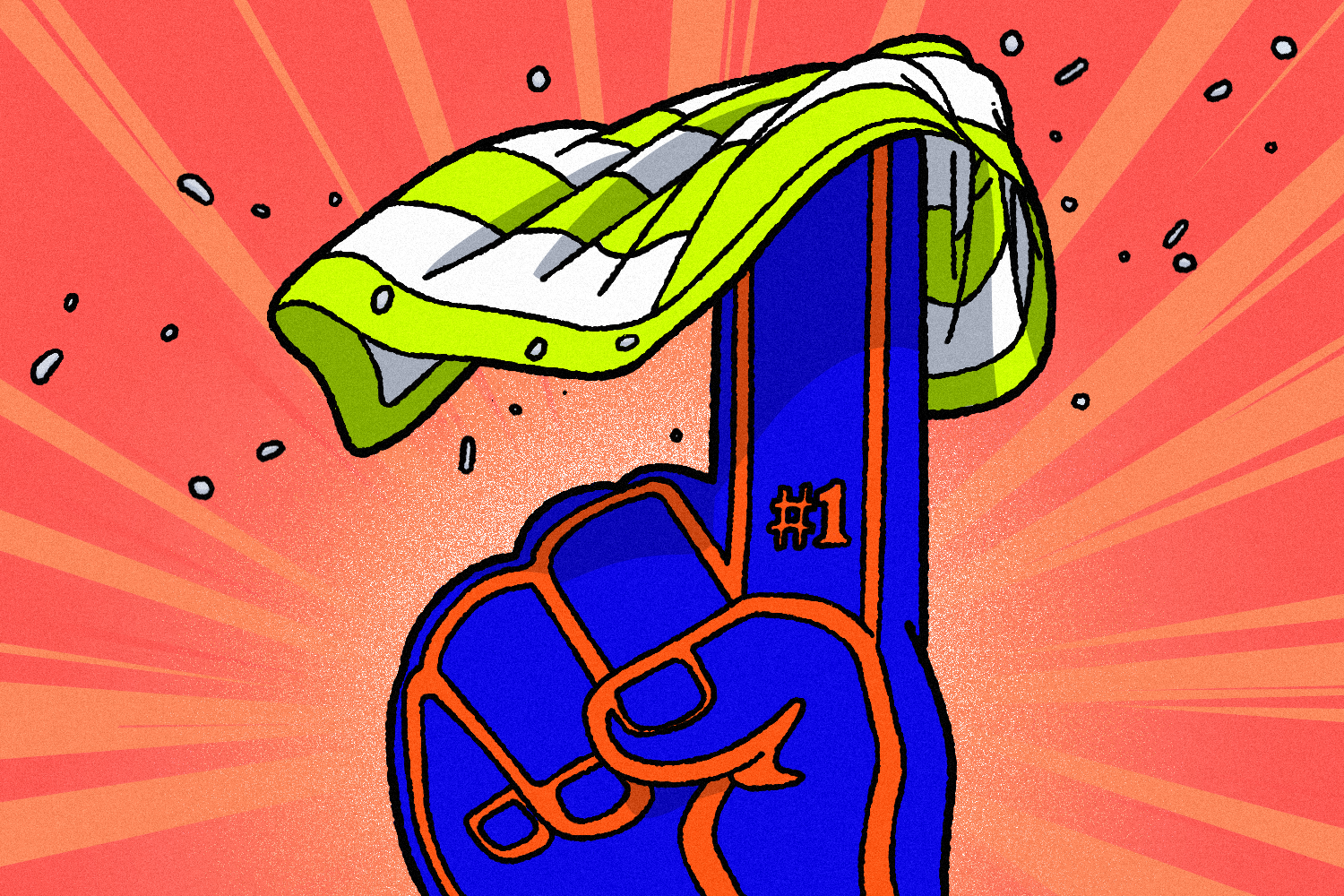The best Swedish dishcloth will end your love affair with paper towels
The sponge-towel hybrids cut needless waste and can clean almost every corner of your home

Sign up and save the world
The one5c newsletter delivers our best tips right to your inbox
Americans are enamored with paper towels. In 2017, for example, we purchased $6 billion worth of rolls—half of the worldwide supply. And, like toilet paper, those single-use sheets gobble up resources……

